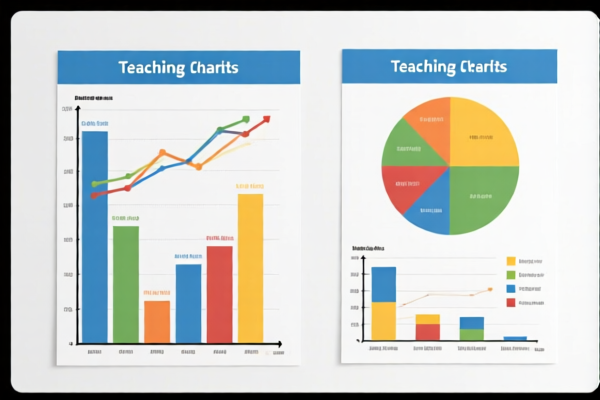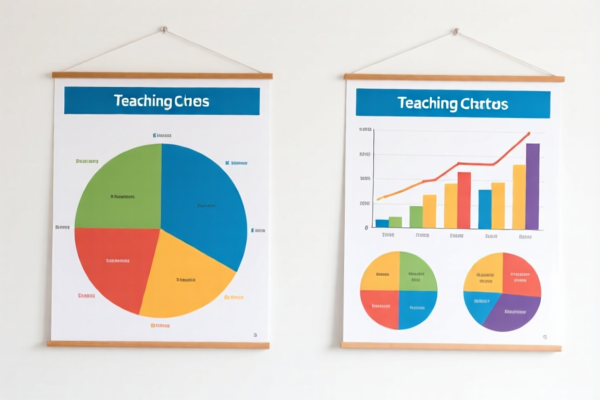| HS Code | Official Doc | Tariff Rate | Origin | Destination | Effective Date |
|---|---|---|---|---|---|
| 9023000000 | Doc | 37.5% | CN | US | 2025-05-12 |
| 3926100000 | Doc | 35.3% | CN | US | 2025-05-12 |




Okay, let's break down the classification and tax implications for your declared "TEACHING EQUIPMENT". Here's a detailed analysis based on the provided HS codes and descriptions, presented in a structured format:
Overall Considerations:
The declaration "TEACHING EQUIPMENT" is quite broad. The HS codes provided suggest the equipment consists of items made from paper, plastics, and demonstrational instruments. Accurate classification is crucial for correct duty assessment and smooth customs clearance. The following details each code individually.
1. HS Code: (Empty - needs to be determined) – "Other paper, paperboard, cellulose wadding and webs of cellulose fibers, cut to size or shape; other articles of paper pulp, paper, paperboard, cellulose wadding or webs of cellulose fibers: Other: Of paper pulp"
- Chapter 48: This chapter covers paper, paperboard, cellulose wadding and webs of cellulose fibers.
- 48XX.XX.XX.XX: The specific subheadings will depend on the exact nature of the paper products. "Other" indicates it doesn't fall into more specific categories.
- Key Considerations:
- What type of paper pulp is it? (e.g., mechanical pulp, chemical pulp, recycled pulp).
- What is the use of the paper products? (e.g., drawing paper, writing paper, cardboard for models).
- Weight and composition: The weight of the paper and any coatings or additives will influence the classification.
- Tax Implications: The tax rate will vary significantly based on the specific subheading determined. You'll need to provide more detail to get an accurate rate.
- Action Required: Please provide a more detailed description of these paper products. (e.g., "Colored drawing paper, 80gsm, for elementary school use").
2. HS Code: 9023.00.00.00 – "Instruments, apparatus and models, designed for demonstrational purposes (for example, in education or exhibitions), unsuitable for other uses, and parts and accessories thereof"
- Chapter 90: This chapter covers instruments and apparatus for measuring, checking, testing, navigating, etc. It also includes certain educational instruments.
- 9023: Specifically covers instruments and apparatus for teaching.
- 9023.00.00.00: This is a relatively broad subheading covering demonstrational instruments specifically designed for education or exhibitions and not suitable for other uses. This is a key point – if the instruments could be used for purposes other than demonstration, this code may not be appropriate.
- Tax Implications:
- Basic Duty: 0.0%
- Additional Duty: 7.5% (currently)
- Post April 2, 2025: Additional Duty increases to 30%.
- Total Duty: 37.5% (currently)
- Key Considerations:
- Suitability for other uses: Can these instruments be used in a professional laboratory or industrial setting? If so, a different HS code might be more appropriate.
- Functionality: What specific scientific principles do these instruments demonstrate?
- Action Required: Confirm that these instruments are genuinely unsuitable for any use other than demonstration/education.
3. HS Code: 3926.10.00.00 – "Other articles of plastics and articles of other materials of headings 3901 to 3914: Office or school supplies"
- Chapter 39: This chapter covers plastics and articles thereof.
- 3926: Covers articles of plastics and articles of other materials.
- 3926.10.00.00: Specifically covers office or school supplies made of plastics.
- Tax Implications:
- Basic Duty: 5.3%
- Additional Duty: 0.0% (currently)
- Post April 2, 2025: Additional Duty increases to 30%.
- Total Duty: 35.3% (currently)
- Key Considerations:
- Material Composition: Confirm the primary material is plastic.
- Specific Supplies: What types of school supplies are these? (e.g., rulers, protractors, pencil cases, plastic folders).
- Action Required: Provide a detailed list of the specific plastic school supplies.
Important Reminders & Recommendations:
- Detailed Descriptions are Crucial: The more specific you are with your product descriptions, the more accurate the HS code classification will be.
- Material Composition: Always confirm the primary material of each item.
- Intended Use: Clearly define the intended use of each product.
- April 2, 2025 Duty Changes: Be aware of the upcoming changes to additional duties.
- Certifications: Depending on the specific items, you may need to provide certifications (e.g., safety certificates, compliance reports).
- Single Invoice: Ensure all items on a single invoice are classified under the correct HS codes.
Disclaimer: This information is for general guidance only and does not constitute professional customs advice. It is recommended to consult with a licensed customs broker or relevant authority for specific guidance on your import requirements.
Customer Reviews
No reviews yet.